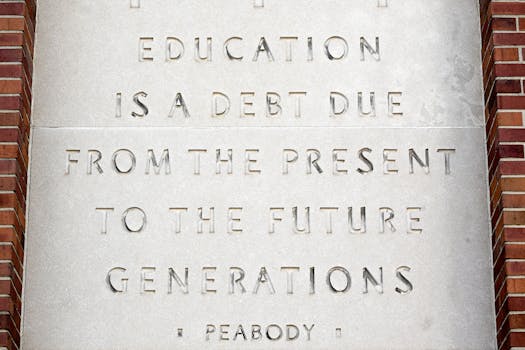
Traveling Through Time: How Europe’s Historical Heritage Shapes Modern Lifestyles in 2025
Traveling Through Time: How Europe’s Historical Heritage Shapes Modern Lifestyles in 2025. Europe, a continent steeped in history and culture, has a profound impact on modern lifestyles. From the architectural wonders of Rome to the culinary delights of Paris, the past continues to shape our present and future. In this article, we’ll delve into the ways in which Europe’s historical heritage influences modern lifestyles, and explore the significance of preserving our cultural legacy for generations to come.
Introduction to Europe’s Historical Heritage
Europe’s historical heritage is a rich tapestry of cultures, empires, and civilizations that have risen and fallen over the centuries. From the ancient Greeks to the Renaissance, each era has left an indelible mark on the continent’s architecture, art, literature, and cuisine. This heritage is not just a relic of the past, but a living, breathing entity that continues to shape modern lifestyles in profound ways.
The Impact of Historical Heritage on Modern Lifestyles
The impact of historical heritage on modern lifestyles is multifaceted. Architecture, for example, is one area where the past continues to influence the present. Many European cities are filled with historic buildings, from medieval castles to Renaissance palaces, which have been repurposed as museums, hotels, and offices. These buildings not only provide a glimpse into the past but also shape the urban landscape and inform contemporary design.
Cuisine is another area where historical heritage plays a significant role. European cuisine is renowned for its diversity and richness, with each country and region boasting its own unique flavors and specialties. From Italian pasta to French croissants, the food we eat today is a direct result of centuries of cultural exchange and culinary innovation.
Preserving Cultural Legacy for Future Generations
Preserving cultural legacy is essential for future generations, as it provides a sense of continuity and identity. By preserving our historical heritage, we can learn from the past, appreciate the present, and build a better future. This can be achieved through a variety of means, including restoration projects, cultural events, and educational programs.
Conclusion
In conclusion, Europe’s historical heritage has a profound impact on modern lifestyles, shaping our architecture, cuisine, and cultural identity. By preserving our cultural legacy, we can ensure that future generations continue to appreciate and learn from the past, while building a better future for all.





